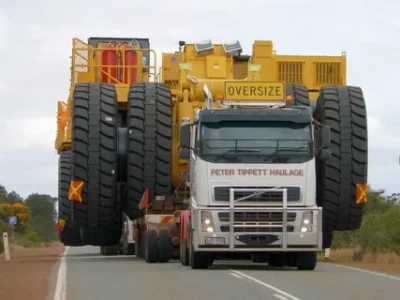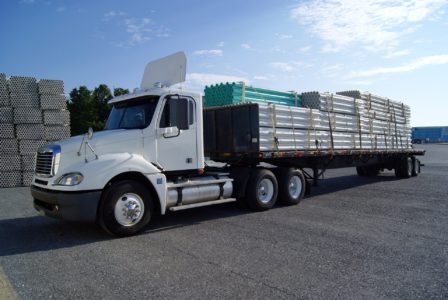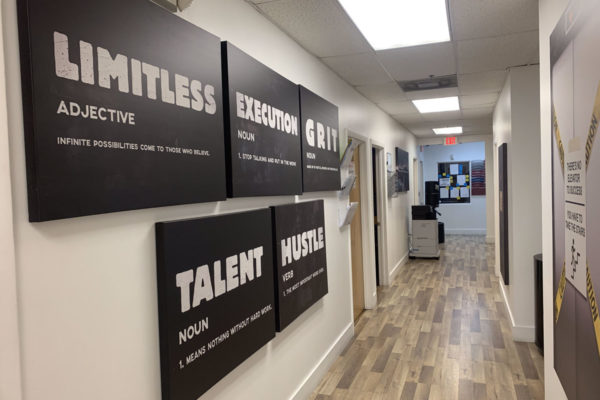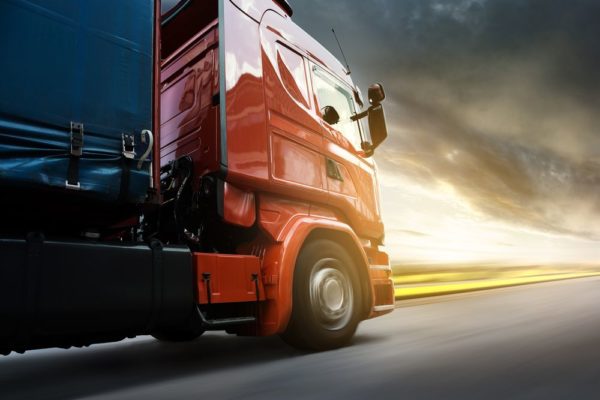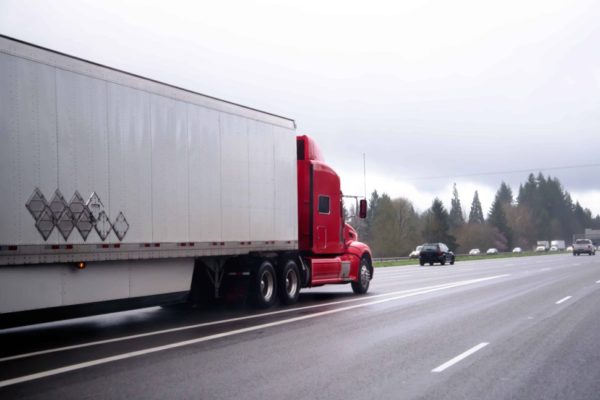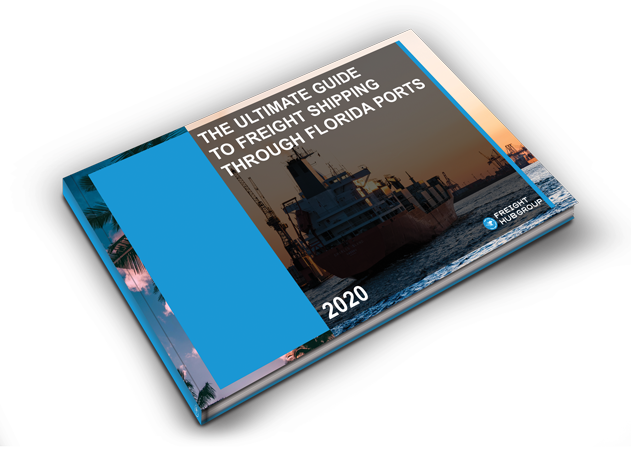What comes to mind when you think of logistics? Most likely, the first thing that pops into your head is an image of a truck driver. While this is an accurate portrayal of the industry, it’s not complete. The world of logistics is much broader than just transportation. It encompasses the entire process of getting a product from Point A to Point B. This includes things like warehousing, order fulfillment, and delivery.
It’s not often that an industry as old as rail freight transportation gets a makeover. But that’s exactly what’s happening in the railway logistics sector, thanks to the advent of digital technologies and new business models.
This transformation is opening up exciting opportunities for companies in the transportation and logistics space. In addition, it’s raising the bar for service providers, who are now being forced to innovate and come up with better, more efficient ways to move goods around.
If you are looking for a way to get ahead of the curve in this rapidly changing industry, read on for our roundup of some of the most interesting trends shaping railway logistics today.
What is Railway logistics?
Railway logistics is the process of moving goods by rail, from their point of origin to their final destination. Goods transported in this way include items like food, clothing, and pharmaceuticals.
Railway logistics is a critical part of the global supply chain, as it allows businesses to reduce transportation costs and improve delivery times. It’s also an important part of the economy; according to The Economist, “railways are one of the few industries that have grown faster than world GDP over recent years.”
The three main types of railway transport are freight trains (used for transporting bulk materials), passenger trains (used for carrying people), and railroad cars (used for transporting individual products). Each type has its own unique features and benefits that make it ideal types of shipments.
- Freight trains are best suited for shipments that require large quantities or heavy loads; they can move cargo at high speeds over long distances without breaking down or losing any items.
- Passenger trains work well when there is a need to move large numbers of people quickly across short distances; they offer more comfort than freight trains and can reach higher speeds.
- Railroad cars are perfect for small-to medium-sized packages that don’t require too much space ; they can be easily loaded onto trucks or other vehicles and delivered directly to your customer
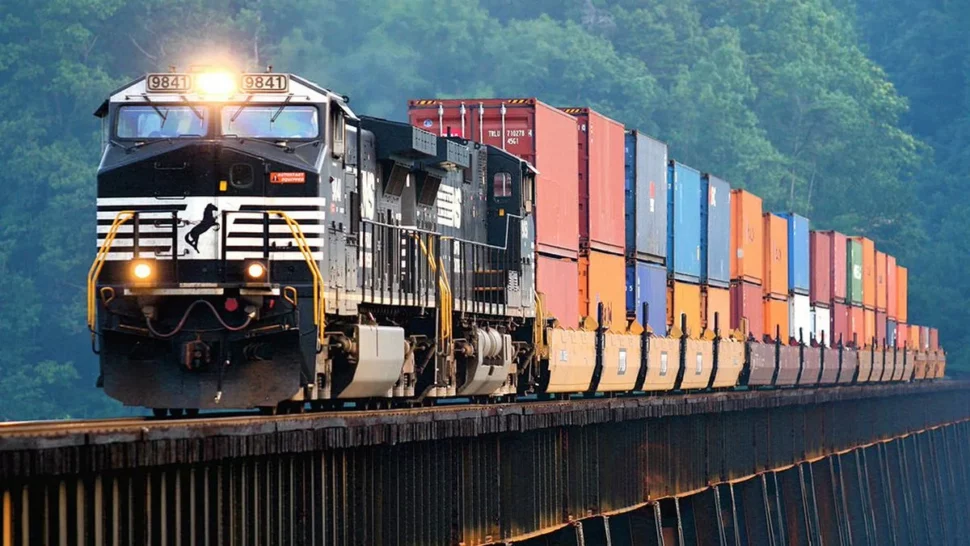
Rail Freight companies:
Rail freight companies are responsible for moving goods from one place to another by rail. They use a variety of methods, including trucking and shipping containers, to move the cargo.
3PL logistics company is a leading Rail Freight company that uses 3PL services such as ocean transport, airfreight, inland transport and cross-border trade.
Rail freight united states companies have become increasingly sophisticated in their logistics operations over the past few years as they face increasing competition from other modes of transportation. To stay ahead of the curve, these companies have developed innovative technologies that help them manage their inventory more efficiently and streamline their workflows.
One such technology is event streaming . Event streaming helps rail freight companies capture data about events that occur in their supply chains (such as shipments arriving at warehouses) so that they can make informed decisions about how to allocate resources and optimize processes. By using event streaming, rail freight companies can improve efficiency and accuracy throughout their entire logistical system..
Rail Transport services
Rail transport services are a great way to get your products or materials to their destination quickly and efficiently. Rail transport is the fastest mode of transportation, with average speeds reaching up to 200 mph in some cases. This speed makes rail transport an ideal option for transporting goods that need to reach their destinations quickly, such as perishable items or high-value cargo.
Rail transport has several advantages over other modes of transportation:
- Railroads have a consistent track record of punctuality and reliability, which means you can count on them to deliver your product or material on time no matter what the circumstances may be.
- The infrastructure is well-maintained and regularly upgraded so that it can handle heavier loads and more traffic than other modes of transportation.
- Railroads typically operate 24/7, making them an ideal choice for shipping sensitive or high-value cargo where timing is critical..
Rail Freight and Advantages
Rail freight services is a vital mode of transport for businesses and governments. It offers many advantages over other forms of transportation, such as:
- Rail freight is faster than road or air freight:- This means that it can reach your destination more quickly, which can save you time and money.
- Rail cargo is less likely to be damaged in transit than other types of cargo:- This makes rail transport an ideal option for high-value goods that must arrive safely and on time.
- Rail freight is environmentally friendly compared to other modes of transport:- By using rail instead of trucks or planes, you’re reducing the amount of fuel needed to move your cargo, and the emissions produced by this transportation process are also lower than those from trucking or flying.
American railroads andinfrastructure is often already in place when you need it , making it easier to get your cargo moving quickly without having to build new infrastructure from scratch..
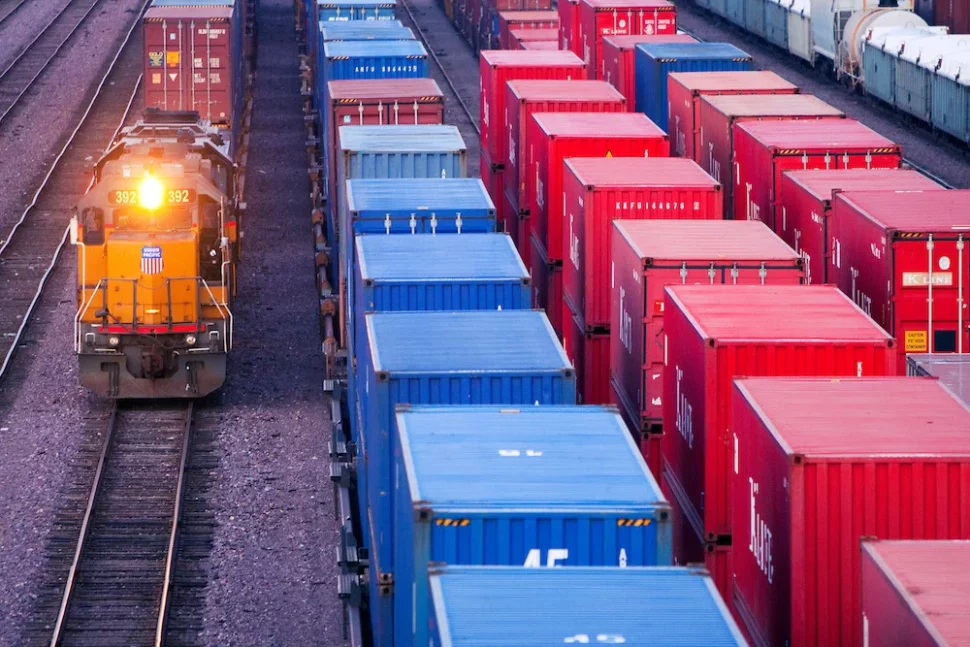
Rail Rates for shipping
Rail transport services are an important part of the shipping industry . Rail transport is a faster, safely and efficiently as well as most important part of the last mile delivery service and process. It is more efficient way to move goods than traditional sea or air transportation.
Rail rates for shipping depend on the weight and distance of the shipment i.e. shipping option, as well as the time of year. The average cost per 100 pounds (45 kilograms) for ground transportation by rail is $1.43, while airfreight costs are higher at $2.92 per 100 pounds (45 kilograms). However, when comparing rail traffic vs trucking rates, it’s important to take into account other factors like fuel prices and traffic congestion..

